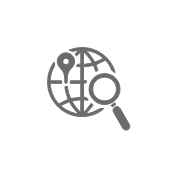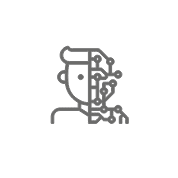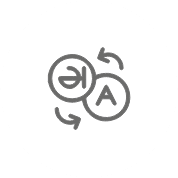Certified Clinical Trial Translation Services
Clinical trial translation services in over 120 languages, provided by industry-leading medical translators.
Get Accurate Patient Outcomes With Expert Clinical Trial Translation Services
We know how complex international clinical trials can be — all those moving parts that need to work seamlessly across target languages, countries, and cultures. Ensuring clear and effective communication at each step is crucial for success. And that’s why we’re here.
bayantech helps pharmaceutical companies and Clinical Research Organizations (CRO) achieve clinical trial success and deliver better patient outcomes with accurate clinical trial document translations. What sets us apart is our combination of language proficiency and deep medical expertise.
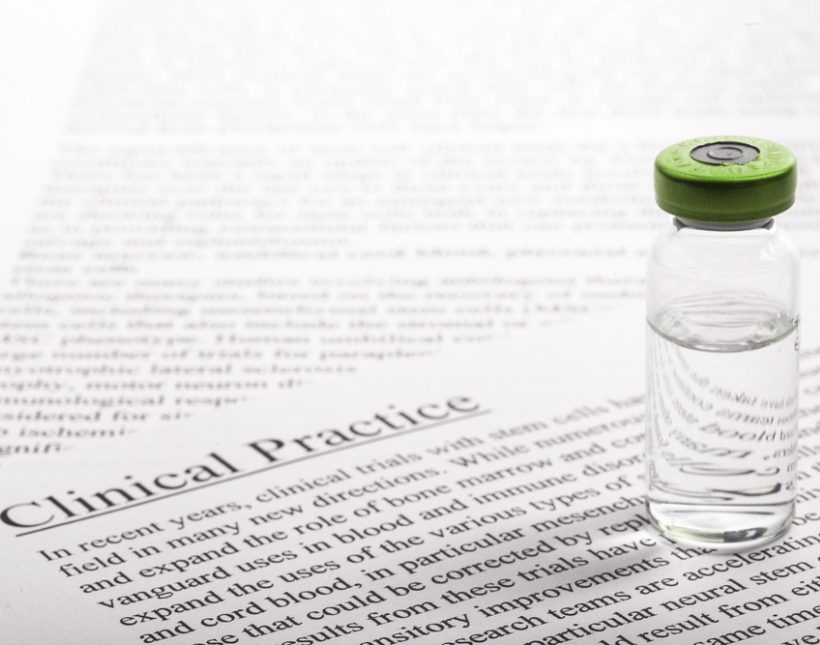
We offer cost-effective, 100% accurate, and confidential clinical trial translation services at flexible turnaround times. Equipped with extensive experience, medical and pharmaceutical knowledge, and linguistic proficiency, our professional medical translation services team makes the most reliable partners, ready to handle your clinical trial documents with the sensitivity they demand.

End-To-End Support For All Your Clinical Trial Translation Needs
At bayantech, our mission is to help our clients overcome language barriers and we strive to be a one-stop solution for all your translation needs. This is why we simplify all processes, ensuring effective communication and transparency between all parties.
We provide comprehensive clinical trial translation services tailored to your needs in +120 languages including Middle Eastern, European, and major Asian languages. bayantech has developed a wide network of international linguists qualified enough to translate clinical trial documents accurately and in compliance with the required standards.
We specialize in a wide range of clinical trial documents, including:
- Clinical Protocol
- Patient Information Leaflets (PIL)
- Informed Consent Forms (ICF)
- Case Report Forms (CRF)
- Patient Questionnaires
- Clinical Trial Agreement
- Clinical Study Report
- Regulatory Documents
- Instructions for Medical Device’s Use
Interested in high-quality translation services for clinical trial documents?
With bayantech Clinical Translation Services, Regulatory Compliance Is Guaranteed
Handling life sciences and medical materials involves navigating a maze of international requirements, and maintaining full compliance with various regulations in clinical document translation might be a concern you have.
This is why you need a translation partner as dedicated to quality as you are. At bayantech, our clinical trial translation services conform to ISO 17100 and ISO 9001 certifications.

This means that our quality management systems and processes undergo meticulous design and review, ensuring top-tier performance. Furthermore, our medical translators are handpicked with years of experience and excellent knowledge of local regulations and clinical trial processes.
Our ISO certifications and domain expertise serve as a guarantee that every translation meets the stringent standards required for compliance. With bayantech by your side, you can trust that your documents are in expert hands, ready for any global endeavor.
What Makes bayantech Different?

Professional Services

+15 Years of Experience

Flexible Turnarounds Timely Delivery

Certified Quality Assurance

24/7
Support

100% Quality Guarantee

Affordable
Rates

Complete
Security

Customer Satisfaction

Technological Advantage


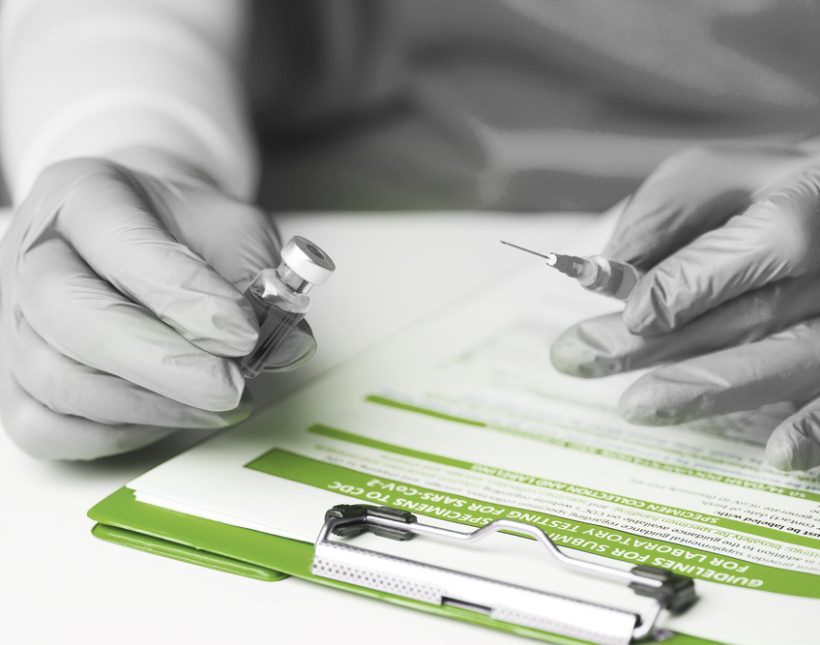
Human-machine solutions, Subject-Matter Expertise, Terminology Precision
Translating clinical trial materials is a highly intricate process that requires meticulous attention to detail, accurate and consistent use of terminology, and a great grasp of cultural nuances. At bayantech, we harness translation technology on top of subject matter expertise to deliver flawless clinical trial translations.
We have built a large medical terminology database curated by our specialized medical experts to maintain consistency and precision across all documents. Additionally, we integrate translation memory tools to automatically reuse previous translations so our linguists can focus entirely on quality.
In addition to our translation tools, we assign native-speaking translators with the technical and medical know-how. They possess a deep understanding of international regulatory requirements and are committed to delivering translations that meet the highest standards.
Learn about our rigorous linguistic validation process to empower your multilingual clinical trials
High Quality Clinical Trial Translation Services That You Can Trust
We understand just how high the stakes are for your research. Patient outcomes and people’s health depend on it. Our clinical trial translation services guarantee that your project meets every requirement in order to succeed.
At bayantech, we follow stringent quality control protocols at each stage of the translation project, ensuring that the intricate details are never lost. Your materials undergo multiple rounds of translation, editing, and proofreading (TEP) to produce an error-free, accurate translation. We also provide full linguistic validation and back translation solutions to maximize translation quality.
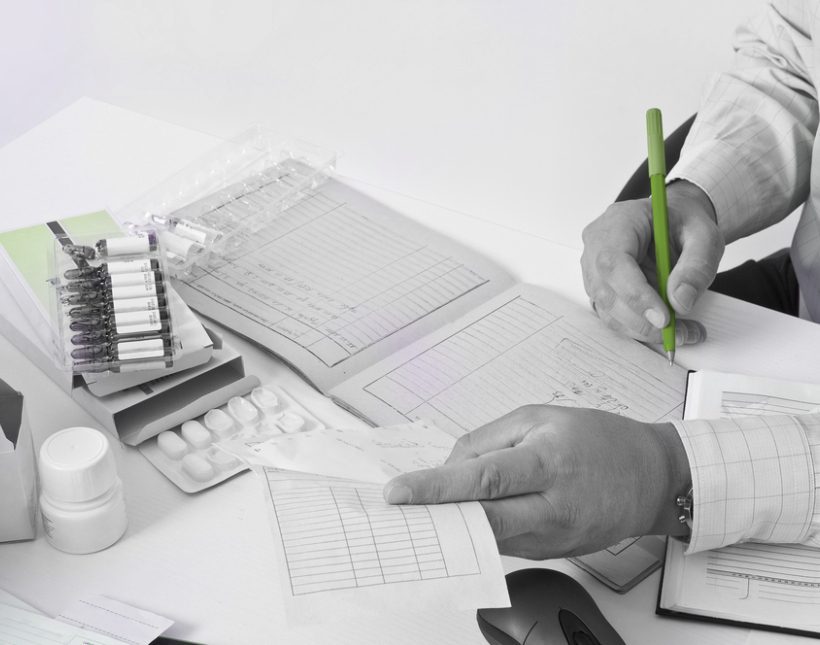
Working with bayantech native experts means fewer errors, lower costs, and better outcomes. By leveraging our specialized knowledge and dedication to quality, you can overcome language barriers and ensure successful clinical trials worldwide.
Our Reputable Clients
Over the Course of the years, bayantech has become one of trusted, reliable, and innovative partner of choice. we have forged notable partnerships with some of the largest international companies and organizations as well as distinguished global operators.
Our Services
We professionally translate content for the following Services and more.
Ready to Get Started?
- Lets Keep In Touch
Subscribe to our newsletter and see the latest industry news, stats and trends right in your inbox.



